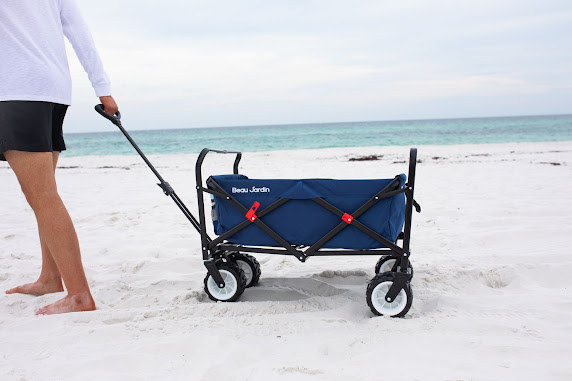Can you control the temperature in a wood-fired pizza oven?
Understanding the Functioning of a Wood-Fired Pizza Oven
Wood-fired pizza ovens have become increasingly popular in recent years due to their ability to produce delicious, authentic pizzas with a unique smoky flavor. One question that often arises among enthusiasts and aspiring pizza chefs is whether it is possible to control the temperature in Best wood-fired pizza oven. In this article, we will explore the functionality of wood-fired ovens and discuss the methods employed to manage and regulate the temperature for optimal pizza baking.
The Construction and Mechanics of a Wood-Fired Pizza Oven
To understand how temperature control works in a wood-fired pizza oven, it is important to grasp its basic construction and mechanics. A traditional wood-fired pizza oven consists of three main components: the firebox, the dome, and the chimney. The firebox is where the wood is burned, generating heat that is then stored within the oven’s thermal mass. The dome acts as a heat-retaining chamber, while the chimney ensures proper ventilation and smoke expulsion.
Mastering the Fire and Achieving the Ideal Temperature
The secret to controlling the temperature in a wood-fired pizza oven lies in mastering the fire. When starting the oven, a small fire is built using kindling and larger pieces of wood. This initial fire serves to heat up the oven’s thermal mass and gradually raise the temperature. As the fire grows stronger, more wood can be added to maintain the desired temperature.
Techniques for Temperature Regulation
Several techniques can be employed to control and adjust the temperature in a wood-fired pizza oven:
- Fire Management: The size and intensity of the fire directly influence the oven’s temperature. To increase the heat, more wood can be added, while reducing the amount of wood or allowing the fire to burn down slightly will lower the temperature. Careful observation and adjustment of the fire are crucial to achieving the desired cooking temperature.
- Positioning the Fire: Placing the fire off-center within the firebox can help distribute the heat more evenly throughout the oven. This technique is especially useful when baking multiple pizzas simultaneously, as it ensures consistent cooking across the cooking surface.
- Ventilation Control: Adjusting the chimney and oven opening can help regulate airflow, which in turn affects the intensity of the fire. Opening the chimney and oven wider increases airflow and can raise the temperature, while closing them partially restricts airflow and reduces heat.
- Adding or Removing Embers: Embers are the burning pieces of wood left after the flames have subsided. Adding embers to the fire increases the heat, while removing some embers can lower the temperature. This method provides finer control over the oven’s temperature compared to adjusting the fire alone.
Investing in the Best Wood-Fired Pizza Oven for Temperature Control
While mastering the techniques mentioned above can help achieve precise temperature control, investing in a high-quality wood-fired pizza oven can greatly enhance the overall experience. When searching for the best wood-fired pizza oven, consider the following features:
- Insulation: Look for ovens with excellent insulation properties to retain heat efficiently and maintain consistent temperatures.
- Thermal Mass: Opt for an oven with a sufficient thermal mass, as it will help stabilize the temperature and prevent fluctuations.
- Temperature Gauge: A built-in temperature gauge or thermometer can be invaluable in monitoring and adjusting the heat inside the oven accurately.
- Airflow Control: Choose an oven that offers adjustable vents or dampers, allowing you to regulate the airflow and fine-tune the temperature.
Conclusion
Controlling the temperature in a wood-fired pizza oven is indeed possible, albeit with some practice and understanding of the oven’s mechanics. By mastering the art of fire management, positioning the fire, controlling ventilation, and adjusting the amount of embers, you can effectively regulate the temperature to achieve the desired cooking conditions.
Investing in the best wood-fired pizza oven can further enhance your temperature control capabilities. Look for ovens with excellent insulation, a sufficient thermal mass, and a built-in temperature gauge. The ability to control airflow through adjustable vents or dampers is also beneficial for fine-tuning the temperature.
In conclusion, while it may require some skill and experience, controlling the temperature in a wood-fired pizza oven is definitely achievable. By understanding the construction and mechanics of the oven, employing proper fire management techniques, and investing in a high-quality oven, you can enjoy the flexibility and precision needed to create perfect, mouthwatering pizzas with that irresistible wood-fired flavor. So go ahead, embrace the art of wood-fired pizza making, and savor the delicious results.
Read more : -How do I clean and maintain a rolling cooler?




Comments
Post a Comment